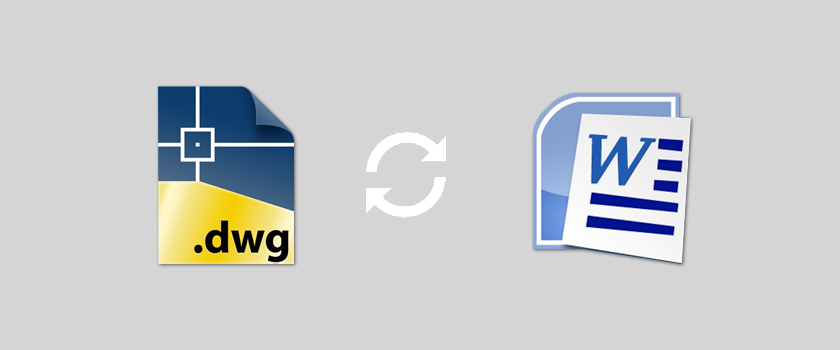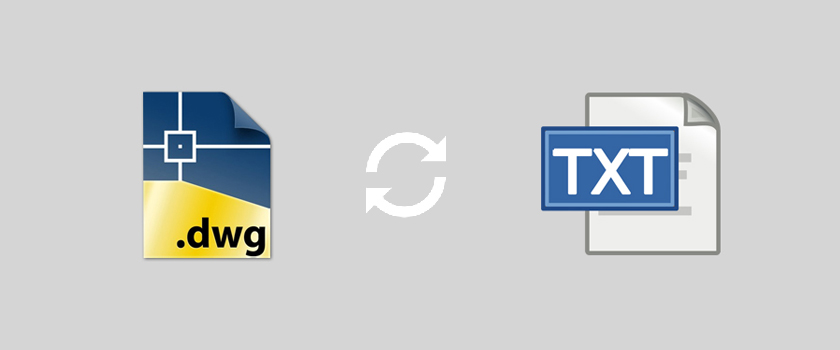In this blog, we will discuss 12 different types of translation.
Types of translation help us to understand the diversity in the translation industry, and how professional translation agencies enhance their language portfolio.
But before we get into the types of translation, let's briefly discuss the need for translation business.
This is the era of global expansion and technological advances, with breakthroughs that have changed the course of history. In all the business and technological endeavors, one thing that stands out is a company’s ability to create cross-border communication that is the foundation of business expansion. Of course, that business expansion is made possible through translation.
Owing to the evolving globalization of businesses, translation has become a necessity for every company today.
There are several different types of translation that may be essential, and all are unique, having unique qualities, processes, and requirements. While different translations are carried out in different manners, they all fulfill the same purpose of making communication easier. Still, it is important to classify the translations into different types. Here are the most common types of translations:
This type of translation is used for translating literary works such as plays, novels, verses, poems, etc. A lot of people take literary translation as one of the top forms of translation because it goes beyond the simple translation of some text. A literary translator must be proficient in translating humor, cultural nuances, feelings, and other refined fundamentals of literary works.
(CAT) The computer-aided translation is also known as Machine-assisted human translation or (MAT) Machine-aided translation which is commonly used as software for assisting a human translator in the translation process.
This type of translation is developed by humans and certain aspects of the process are facilitated by software; whereas on the other hand, in Machine translation, the translation takes place by the computer.
General translation, as the name suggests, basically deals with non-specialized types of translations. The language used does not require technical or specific terminology. Most translation work falls into this certain category, and these can be either in written or oral form.
It is very important to translate the user interface, but that’s not the only quality of software localization. It also deals with system messages, error messages, and help files—in this regard the content requires being adapted to suit the target culture. Sometimes, the translator might confront the viewpoint of internationalization.
For instance, Coca-Cola is a brand which means it is within reach of almost everyone globally. Now the Coca-cola firm requires a website in multiple languages and rather than developing multiple websites, which may amount to a lot of money, it would make more sense to have the software handle many languages. This will allow the website visitor to choose from the languages according to his own choice.
This kind of translation requires a translator for possessing specialized skills, such as awareness of the business jargon and the industry to which the business belongs. The types of texts in the translation of commercial documents involve business reports, correspondence, memos, company accounts, and tender documents. Occasionally, this could link with legal translation if an establishment deals with legal paperwork.
Legal translation is known as one of the most difficult translations. Legal translation includes marriage certificate translations and birth certificate translations, translating treaties, contracts, memorandums, agreements, and wills.
A good translator requires an understanding of several underlying contexts of the legal documents and that of the two states or regions for which the documents are intended, such as the politico-legal aspects and the socio-cultural aspects as well. They would then need to translate it in a way that the target audience can easily understand the text.
Technical content that requires translation such as manuals, user guides, videos, training materials, instruction booklets, online help text, and marketing materials for technical fields like science, manufacturing, or engineering, translation of all of them are known as technical translation.
As the name might suggest, judicial and legal translations belong to the same class. However, judicial translation is different from legal translation. The latter is about translating legal documents that might be quite old too.
Whereas, judicial translation basically deals with the activities taking place regarding translating the documents of the court such as minutes of meetings, dispositions, witness testimonies, expert testimonies, letters regulatory, judgments, interviews, etc. In short, judicial translation is translation related to cases.
In the kingdom of translation, administrative translation is considered as the translation of management texts which is usually being practiced in industries – whether large companies or regional businesses.
Though quite identical to commercial translations, it is not exactly the same. Administrative translation can be considered a subclass of commercial translation, but not all commercial translations are administrative.
Medical translation consists of everything in the medical field. For example, one can say from the packaging to specialized manuals for medical books or apparatus. Just like legal translation, medical translation is specialized and case of any mistranslation or error may end up in disastrous consequences.
Translation of medical documents can be very tricky as well because the demands of translation can differ from one state to state; a company or translator specializing in medical documents can become one’s best bet, as they would be aware of the details of all the requirements.
One of the most popular types of translation worldwide, multimedia translation refers to the translations of graphics, animations, videos, GIFs, and infographics. In order to reach a greater number of audiences, companies create and distribute multimedia content that must be translated in other languages to keep the audience engaged.
Although localization and translation of multimedia content might come across as simple, it is quite tricky as it needs to be adapted to local culture and customs as well. If not done properly, it could lead to the audience walking away from your multimedia content.
Financial documents such as account statements, bank records, and financial statements need to be translated in order to make it easier for the target audience to understand and comprehend them well.
Although the content that needs to be translated might not be lengthy, it has to be done precisely and carefully. A translator may be required to change the currencies, and that would require a careful translation approach.
Different types of translations require different processes, but all of them are done with the core purpose of facilitating communication. However, all these translation types are distinct from each other. What works for one type might not work for another. This is the reason why it is absolutely important to have the support of a translation partner which can make the translation task easier. A translation agency that knows the ins and outs of different types of translation is bound to make the whole process a lot easier and hassle-free for businesses. Of course, the translation task will only help to make global business easier, leading to better revenues and profits—something that all the companies want.

dwg: It means a drawing file save format created by AutoCAD, and now has been the standard format of 2D
Read More
Mars Translation can help you extract the texts in a DWG file and convert them into a Word file so
Read More
dwg: It means a drawing file save format created by AutoCAD, and now has been the standard format of 2D
Read More
dwg: It means a drawing file save format created by AutoCAD, and now has been the standard format of 2D
Read More
AutoCAD blocks A block is an object that combines one or more single entity object. Operated as an individual complete object,
Read More
What is a file formate A file format is a standard way that information is encoded for storage in a computer
Read More
Software 1. AutoCAD 2015 - English 2. PDF virtual printer, such as Adobe Acrobat, PDF factory, or CutePDF. Step-by-Step 1. Open the CAD file,
Read More
Plot style table is used to control the color, line width and other effects. In the layer manager, every layer
Read More
The following layers can't be deleted: 1. Layer 0 and Layer Defpoints that are default layers. 2. The current active layer. To
Read More


Document Translation
Professional document translation by native expertsApp Localization
Get more downloads by adapting your app for different target marketsVideo Translation
Multilingual translation and subtitling servicesWebsite Localization
Adapt your website into multiple contexts for global reachSoftware Localization
Adapt your software for global usersGame Localization
Reach new players with localized gameplayMTPE
Refine AI translations for natural fluencyBusiness Translation
Professional translation for business documents and websitesDTP & File Conversion
Professional DTP and File conversion, supporting multiple file formatsProofreading
Perfect your content with expert review© Copyright 2026 MarsTranslation